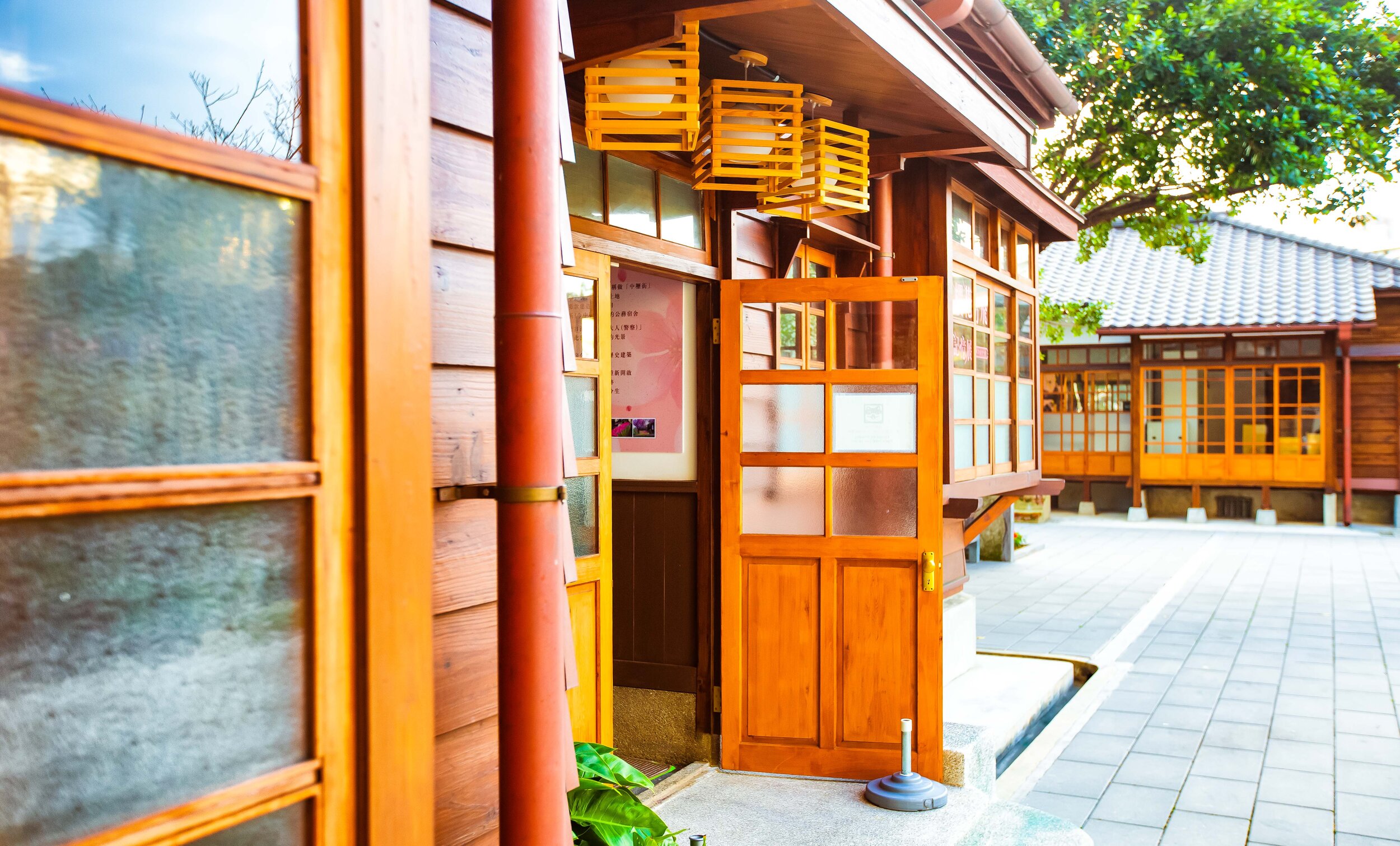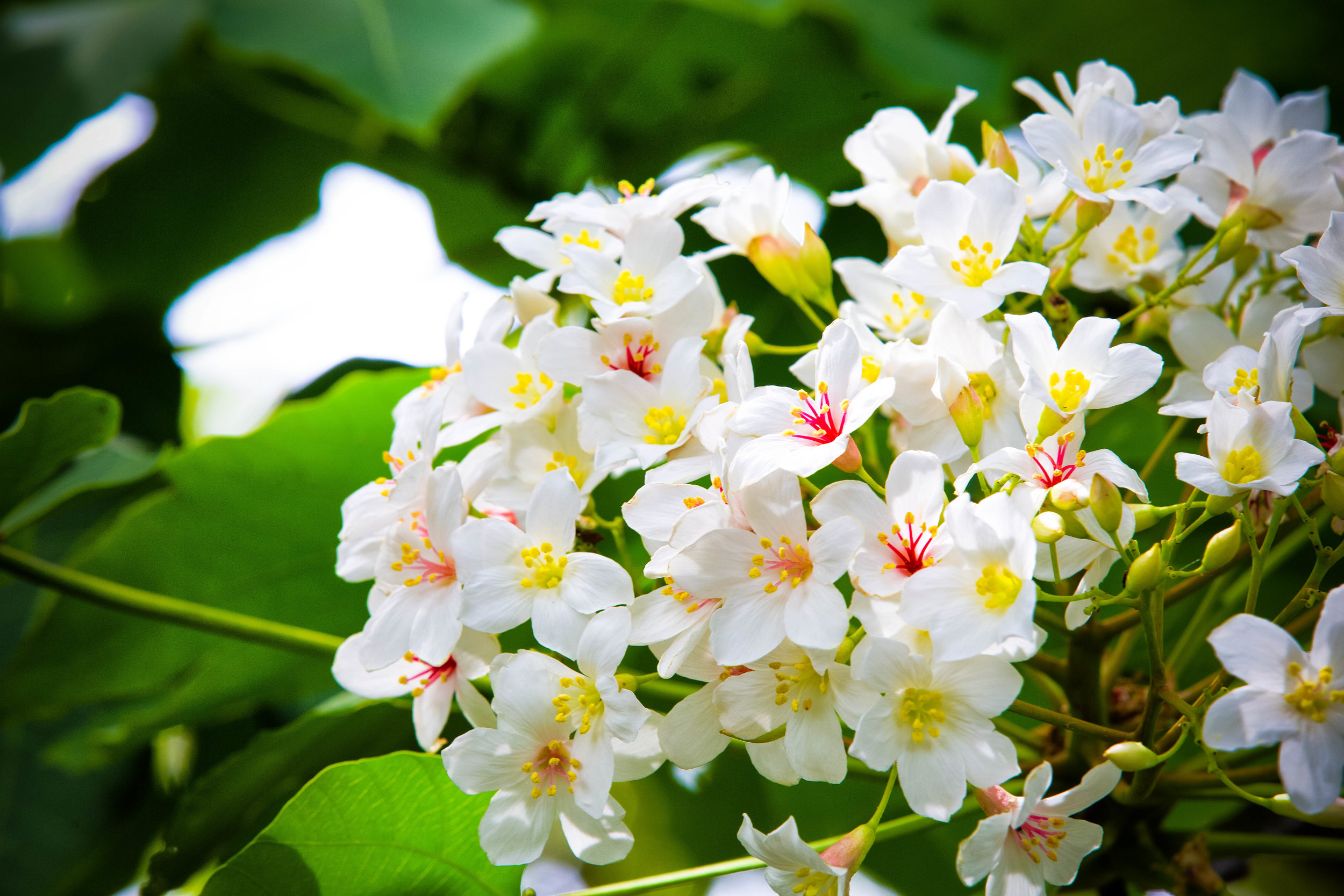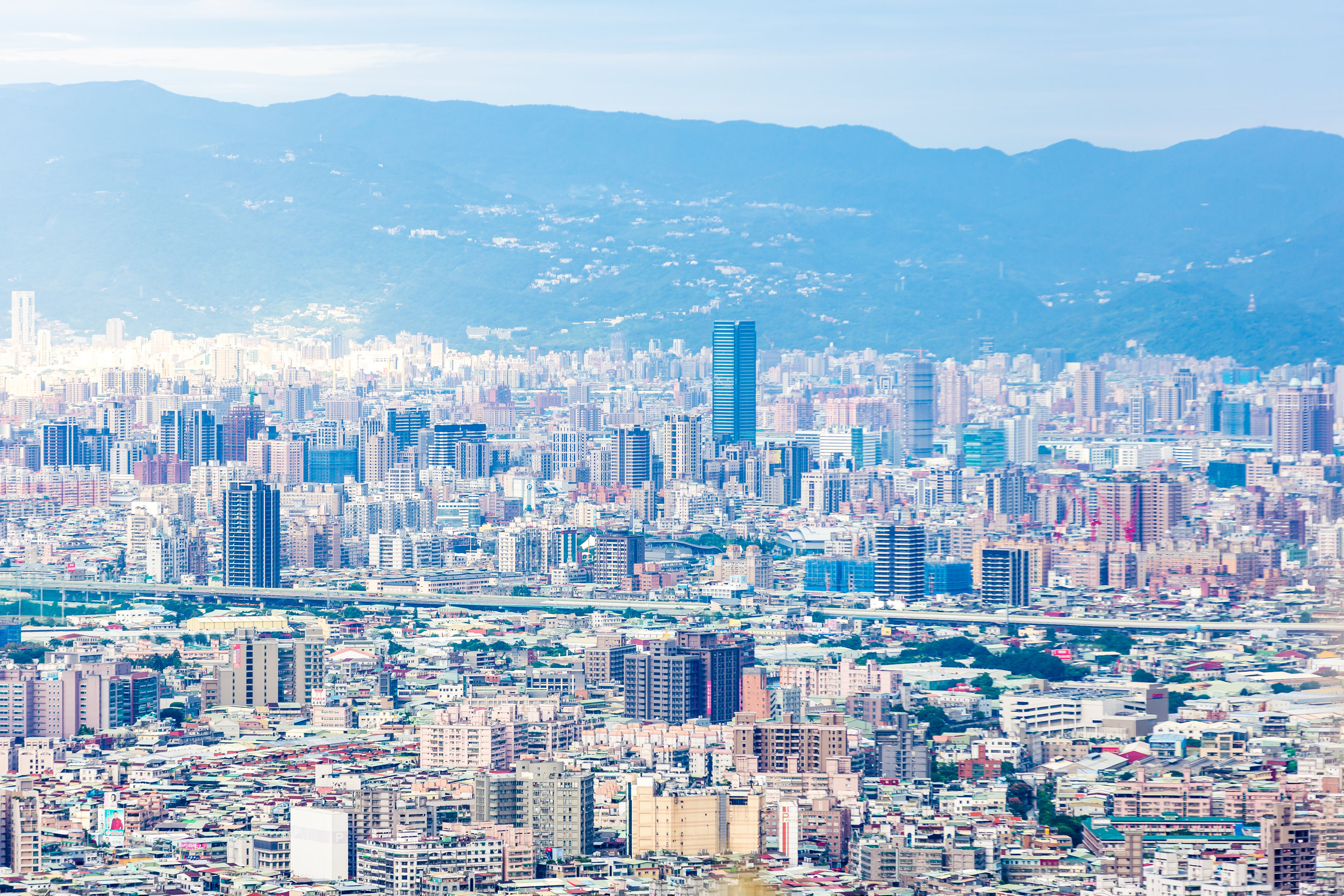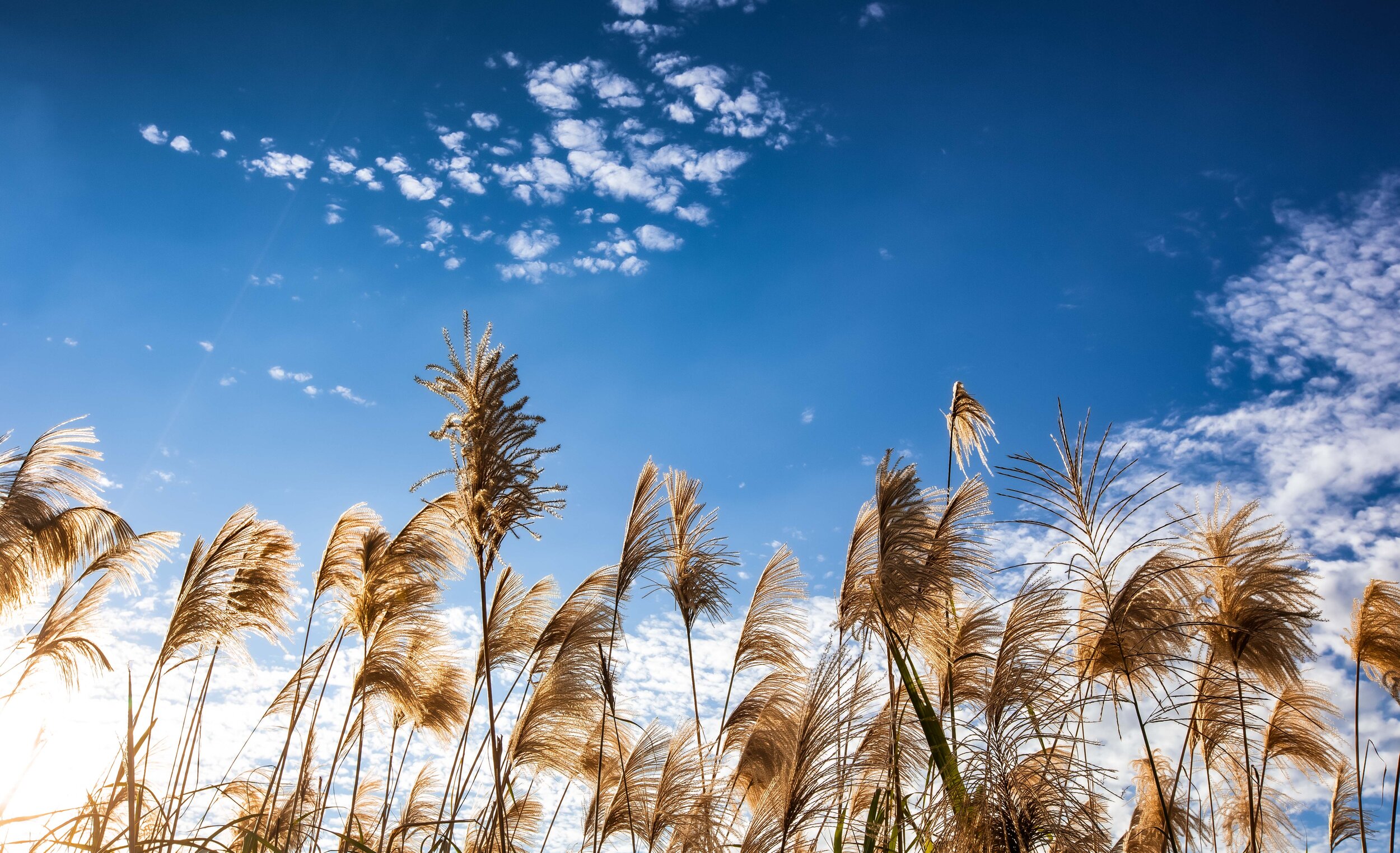You may have forgotten, but a few years back I promised that I’d make a return to the Zhongli Police Dorms and offer a update when they were finally finished being restored.
Over the years I’ve probably made a hundred of these promises, so I hope that this blog is proof that I’m following through with some of those promises. I’m not completely full of it.
When I first discovered that the old dorms were slated to be restored by the Taoyuan City government, I decided to make an effort to visit them before the construction crews got their hands on them.
The thing is, when these old Japanese-era buildings get restored, they often end up looking nothing like the original. So, with little confidence in the skills of the construction crews (who would quickly be taking over), I decided to pay the dorms a visit.
The problem was that the dorms were off-limits as they were part of a gated parking lot that was reserved for the good people working at the Zhongli Police Station. So, I had to figure out a way to get in to take photos. Admittedly, unlike a lot of the abandoned places I explore getting in was quite easy so I made a couple of visits before they were officially sealed off.
And I’m sure glad I did.
But probably not for the reason you’re thinking.
When I visited the dorms a few years back, they were in rough shape - The interior and exterior of all three buildings were worn and falling apart due to years of neglect. Exacerbating the problem was that they were emptied out and open to the elements. If you take into account how humid it is in Taiwan, that the doors and windows were left wide open and the fact that these houses were made of wood, it wasn’t a recipe for longevity.
Nevertheless, like almost all of the buildings constructed by the Japanese during their fifty years in Taiwan, the foundations were solid and even though the houses were neglected after their residents moved away, they were still in pretty good shape, all things considered.
The Taoyuan City Government preserved the original three Japanese-era dorms across the street from the police station but sadly the community of dorms that were constructed directly behind the police station are gone.
Those dorms, which were built in the typical ‘Military Village’ (眷村) style were likely constructed shortly after the Chinese Nationalists took control of Taiwan. They ultimately could have been converted into something useful, but the government decided instead to bulldoze them to make way for a much needed parking lot for the police.
The three dorms that were preserved were originally named: Sakura House (櫻花樹屋), Guava House (芭樂樹屋) and Longan House (龍眼樹屋) thanks to the trees that were planted next to the houses. Today they have been cleverly renamed “A”, “B”, and “C.”
Another example of how far we’ve progressed as a society over the past century.
Embarrassingly, when I visited I spent a bit of time talking to one of the people in charge of the exhibitions and showed them one of my photos of the “Sakura House” before it was restored.
He quickly became confused when I referred to the house by its original name and had no idea what I was talking about. Sorry bro, I should have said “Building A” (A棟).
The Taiwanese government both at the national and local level has invested quite a bit as of late in the restoration of Japanese-era buildings in an attempt to preserve what little still remains. The problem is though (as I mentioned above) that the restoration projects often end up looking nothing like the original when they’re completed.
Like many in the online ‘Japanese Colonial Era’ groups I’m a part of on social media, I was skeptical that the restoration project on the dorms would be carried out in a responsible manner, so I made sure to visit before they were ruined.
Fortunately, I’m happy to say that in this case, the local government did stellar job restoring these buildings. Not only did the do their best to ensure that the interior and exterior of the buildings remained the same, they also did their best to preserve the original wood.
While standing in the house, I took out my phone and loaded up the photos I took of the various rooms prior to restoration and was amazed at how great of a job they did in ensuring that the dorms stayed almost exactly the same. I’m usually quite critical when it comes to this stuff, so a round of applause for the Taoyuan City Government is well-deserved.
Click on the before and after photos above to see what I mean. ↑↑↑
The three dorms now are part of a park which reserves one of the buildings for an exhibition on the history of the buildings, another for an exhibition about the Zhongli Incident (中壢事件) and the third has been converted into an impressively beautiful hot pot restaurant.
The exhibition spaces in the two smaller dorms is likely to be revolving - which should be helpful in attracting visitors. The current exhibitions however are a great introduction to Zhongli’s history over the past century. One of them includes an in-depth look at what the area was like during the colonial era while the other highlights some of the important events that took place leading up to the Zhongli Incident.
The “incident” is regarded as one of the instrumental events that lead to transforming Taiwan into the vibrant democratic country that it is today and was a pre-cursor to the much more widely-known Kaohsiung Incident (美麗島事件).
The park, which has now been open to the public for a few months is named “Zhongli 1941” (壢景町) and is part of an ever-growing group of historic Japanese-era properties within the Zhongli city-centre. The English name and the Chinese name have completely different meanings, but you’ll note that the English name is a simple throwback to the year the dorms were constructed.
Within walking distance from the dorms you’ll also easily find the Zhongping Story House (中平故事館) as well as the Zhongli Elementary School Teachers Dormitories (中壢國小日式宿舍), which will likewise both be home to rotating activities and exhibitions that highlight the history of the area.
And yes, I’ll be posting about both of them in the near future.
If you’re traveling to Zhongli, you should be able to easily visit the Police Dorms, Teachers Dorms and Zhongping Story House within a short period of time. They’re all within a short walking distance from one another and don’t require much time to check out. While you’re in town though, you’ll probably want to roam through some of the old streets. You’ll find maps with various points of interest within the downtown-core next to all of the dorms.
Getting There
The Zhongli Police Dorms are located within the downtown core of the city and are only a short distance from the Zhongli Train Station (中壢車站) and Zhongli Bus Terminal (中壢客運站). If you travel by High Speed Rail, the dorms are a bit of a distance away from the Taoyuan HSR Station (桃園高鐵站), but you’ll be able to take the free shuttle bus to the downtown area.
Address: #627 Yanping Road, Zhongli District, Taoyuan City (桃園市中壢區延平路627號)
If you arrive in town from the train station or the bus station, getting to the dorms is easy. Simply follow Zhongzheng Road (中正路) until you reach Yanping Road (延平路), the first big intersection. Once there turn left and you’ll reach the dorms within two minutes.
If you’re driving a car, there is a parking lot across the road from the dorms, located next to Zhongli Elementary School (中壢國小) where you can park the car. Likewise, there is an ample amount of scooter parking spaces along Yanping road. The downtown area tends to be busy though, so parking might be difficult to find on weekends.
The Zhongli Police Dorms are an excellent example of a restoration project done right and now that they’re open the public we can all enjoy their renewed existence and all of the events that will take place in the future.
Interestingly their existence came as somewhat of a surprise to quite a few people around town who (it seems) had completely forgotten about them or were totally unaware that they have always been there.
Now that they’re open and completely visible though, they’re a beautiful addition to the city and part of the ongoing beautification of the downtown core, which is aged, to say the least.
If you’re in the area, you should definitely stop by and check them out.































































